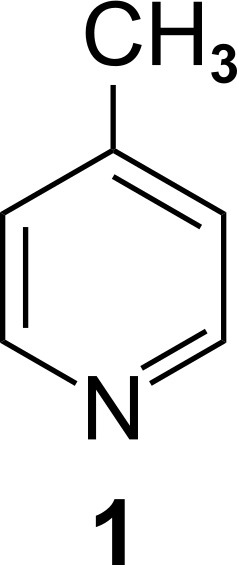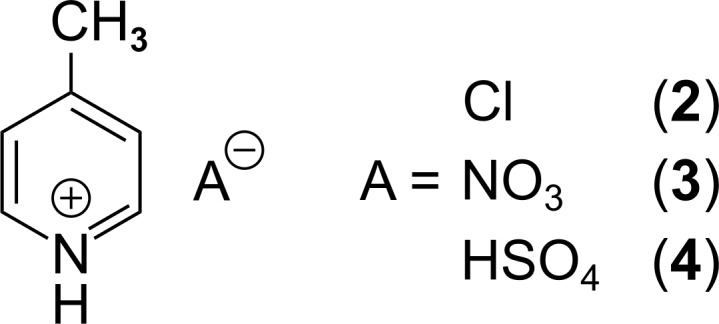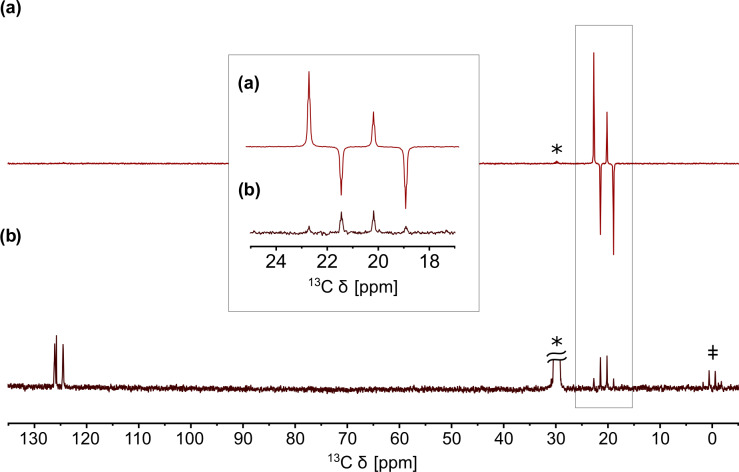The relation between crystal structure and the occurrence of quantum-rotor-induced polarization.
Q3 Physics and Astronomy
Magnetic resonance (Gottingen, Germany)
Pub Date : 2021-10-22
eCollection Date: 2021-01-01
DOI:10.5194/mr-2-751-2021
引用次数: 0
Abstract
Among hyperpolarization techniques, quantum-rotor-induced polarization (QRIP), also known as the Haupt effect, is a peculiar one. It is, on the one hand, rather simple to apply by cooling and heating a sample. On the other hand, only the methyl groups of a few substances seem to allow for the effect, which strongly limits the applicability of QRIP. While it is known that a high tunnel frequency is required, the structural conditions for the effect to occur have not been exhaustively studied yet. Here we report on our efforts to heuristically recognize structural motifs in molecular crystals able to allow to produce QRIP.



晶体结构与量子转子诱导极化发生的关系
摘要在超偏振技术中,量子转子诱导偏振(QRIP),也被称为Haupt效应,是一种特殊的技术。一方面,通过冷却和加热样品来应用它是相当简单的。另一方面,只有少数物质的甲基似乎允许这种效应,这极大地限制了QRIP的适用性。虽然已知需要很高的隧道频率,但发生这种效应的结构条件尚未得到详尽的研究。在这里,我们报告了我们在启发式识别分子晶体中能够产生QRIP的结构基序的努力。
本文章由计算机程序翻译,如有差异,请以英文原文为准。
求助全文
约1分钟内获得全文
求助全文

 求助内容:
求助内容: 应助结果提醒方式:
应助结果提醒方式:


